On August 6, 1969, NASA formally announced the crews for Apollo 13 and 14, the third and fourth Moon landing missions. At the time of the announcement, Apollo 13 was planned to launch in March 1970 and to land at the Fra Mauro region in the lunar highlands, the first landing site not in the relatively flat lunar maria. Apollo 14 was targeting a July 1970 mission with the Crater Censorinus area in the lunar highlands to the southeast of Mare Tranquilitatis as a tentative landing site. Plans for both missions called for two lunar surface excursions totaling about six hours with a lunar stay duration of 35 hours. As on Apollo 12, the crews planned to deploy the Apollo Lunar Surface Experiment Package (ALSEP), a suite of science instruments, in addition to conducting the geology field work of documenting and collecting rock and soil samples for return to scientists on Earth for analysis.
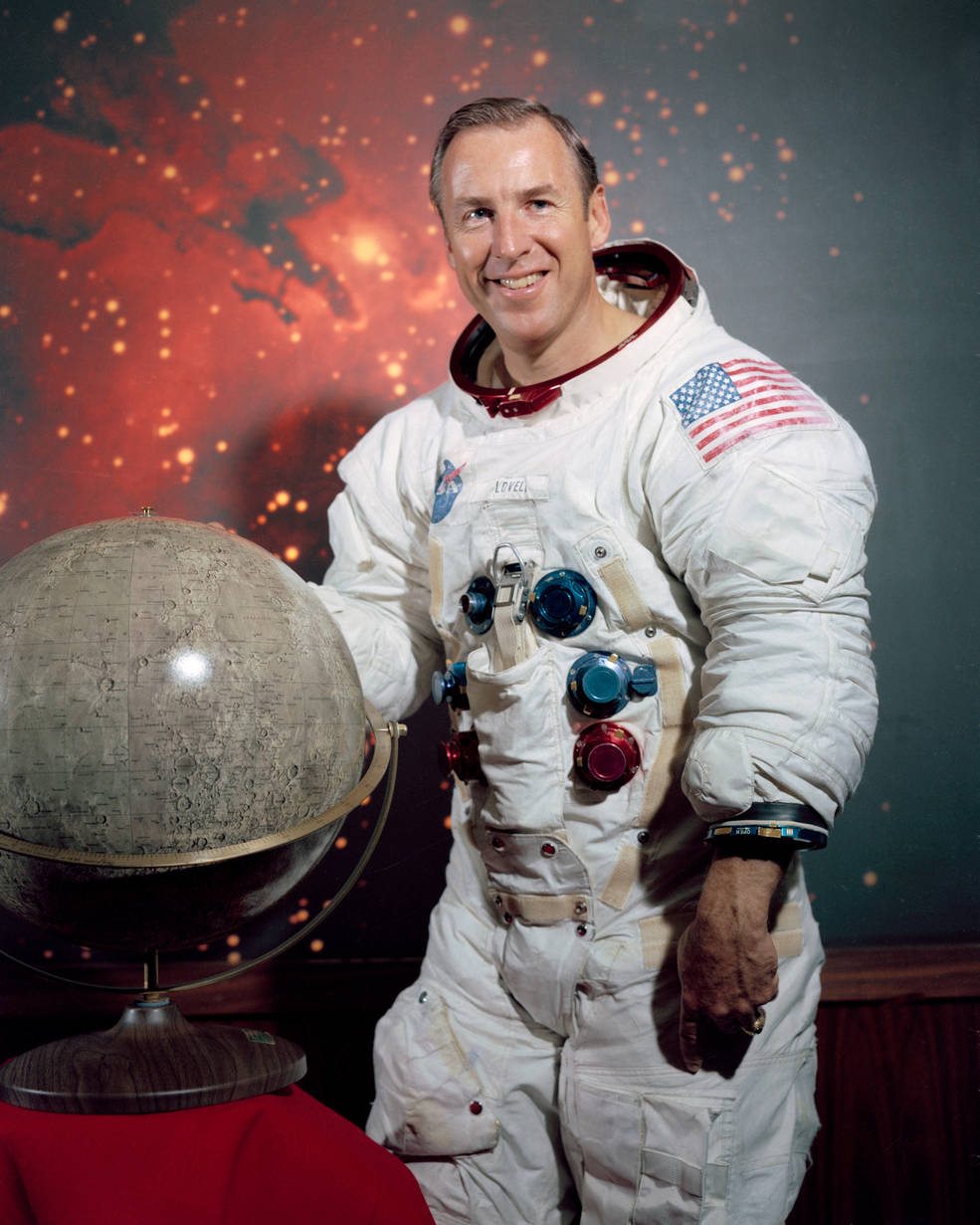
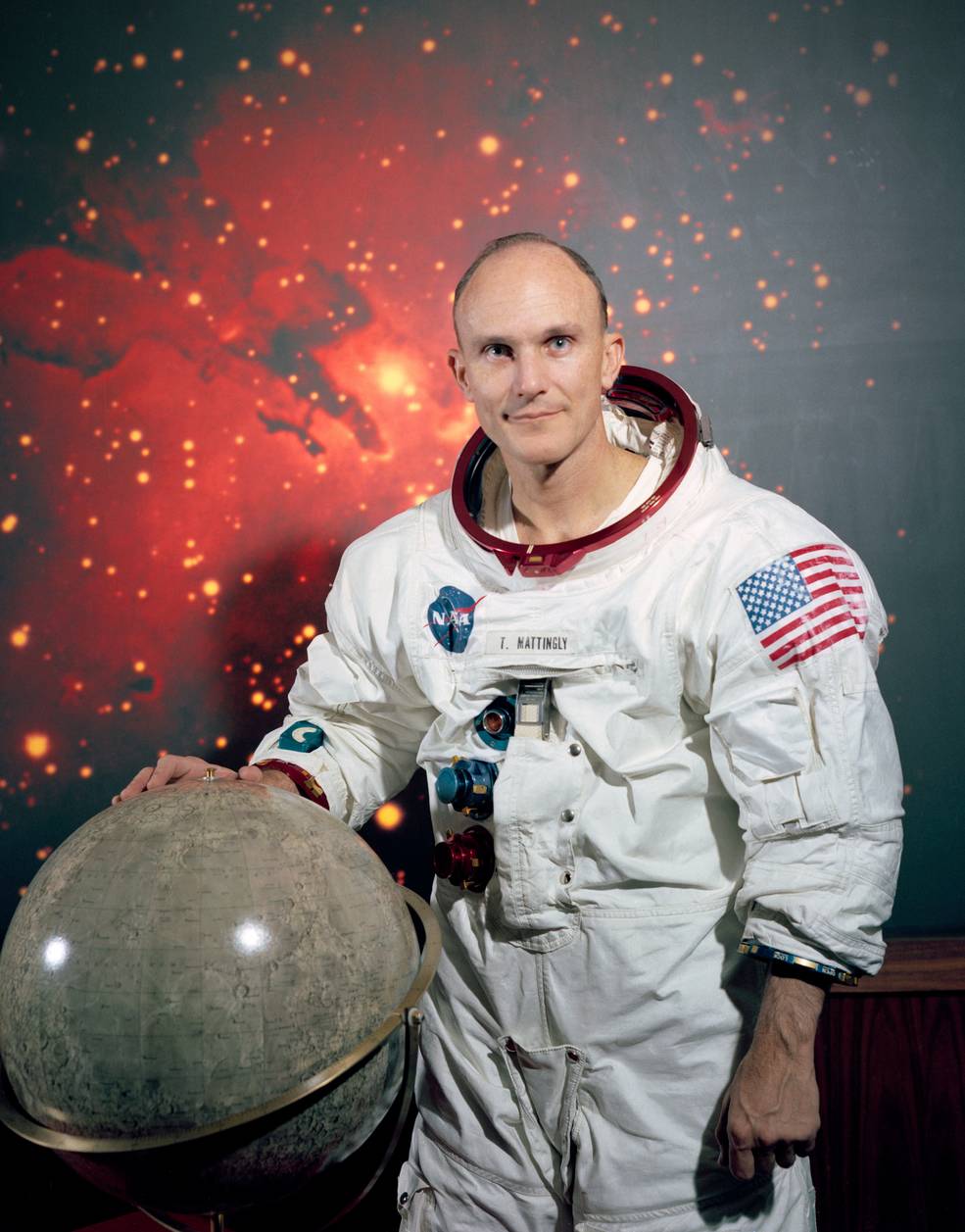
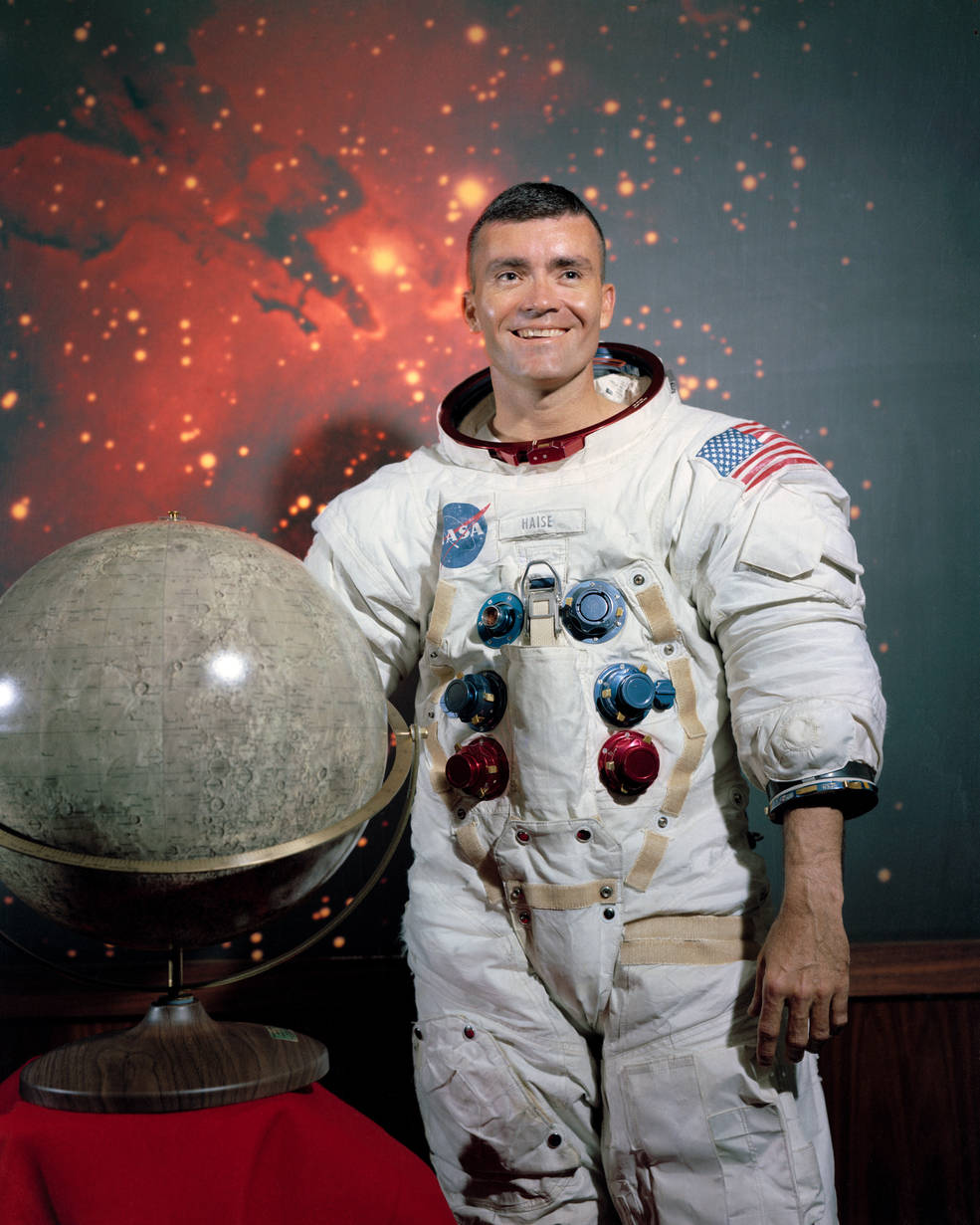
The Apollo 13 crew of (left to right) Lovell, Mattingly, and Haise, as named by NASA in August 1969.
The prime crew for Apollo 13 consisted of Commander James A. Lovell, Command Module Pilot (CMP) Thomas K. “Ken” Mattingly, and Lunar Module Pilot (LMP) Fred W. Haise. Lovell would be making his fourth space mission aboard Apollo 13, having flown on Gemini 7 and 12 as well as orbiting the Moon during Apollo 8 – he would become the first person to travel to the Moon twice. Mattingly and Haise were both spaceflight rookies, although Haise had served with Lovell on the Apollo 11 backup crew. The Apollo 13 backup crew consisted of Commander John W. Young, CMP John L. Swigert, and LMP Charles M. Duke. Young had flown three previous missions, Gemini 3 and 10 and more recently as CMP aboard Apollo 10, the Moon landing dress rehearsal flight. Swigert and Duke were spaceflight rookies; Duke had served as Capsule Communicator during Apollo 10 as well as during the Apollo 11 Moon landing.
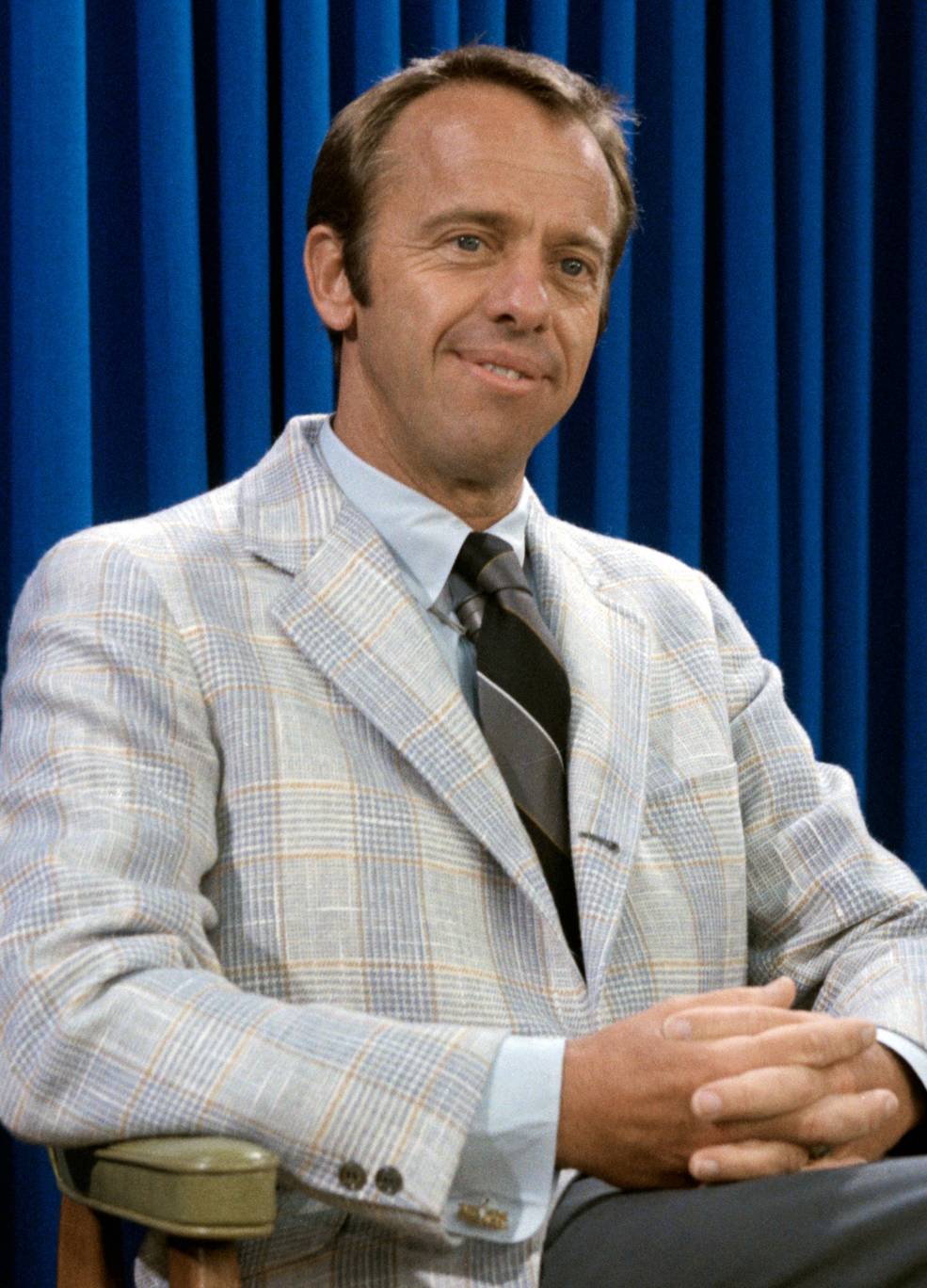
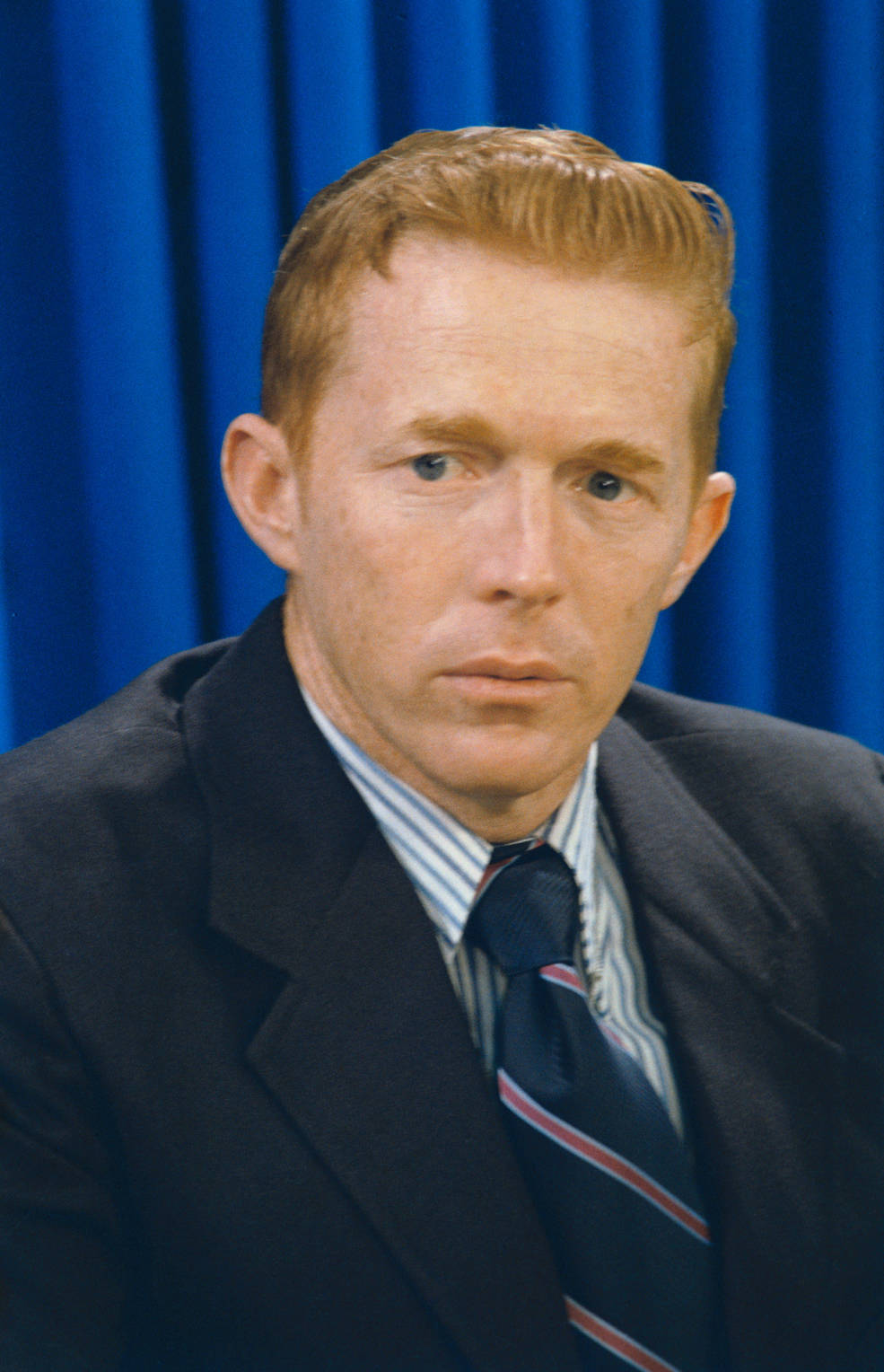
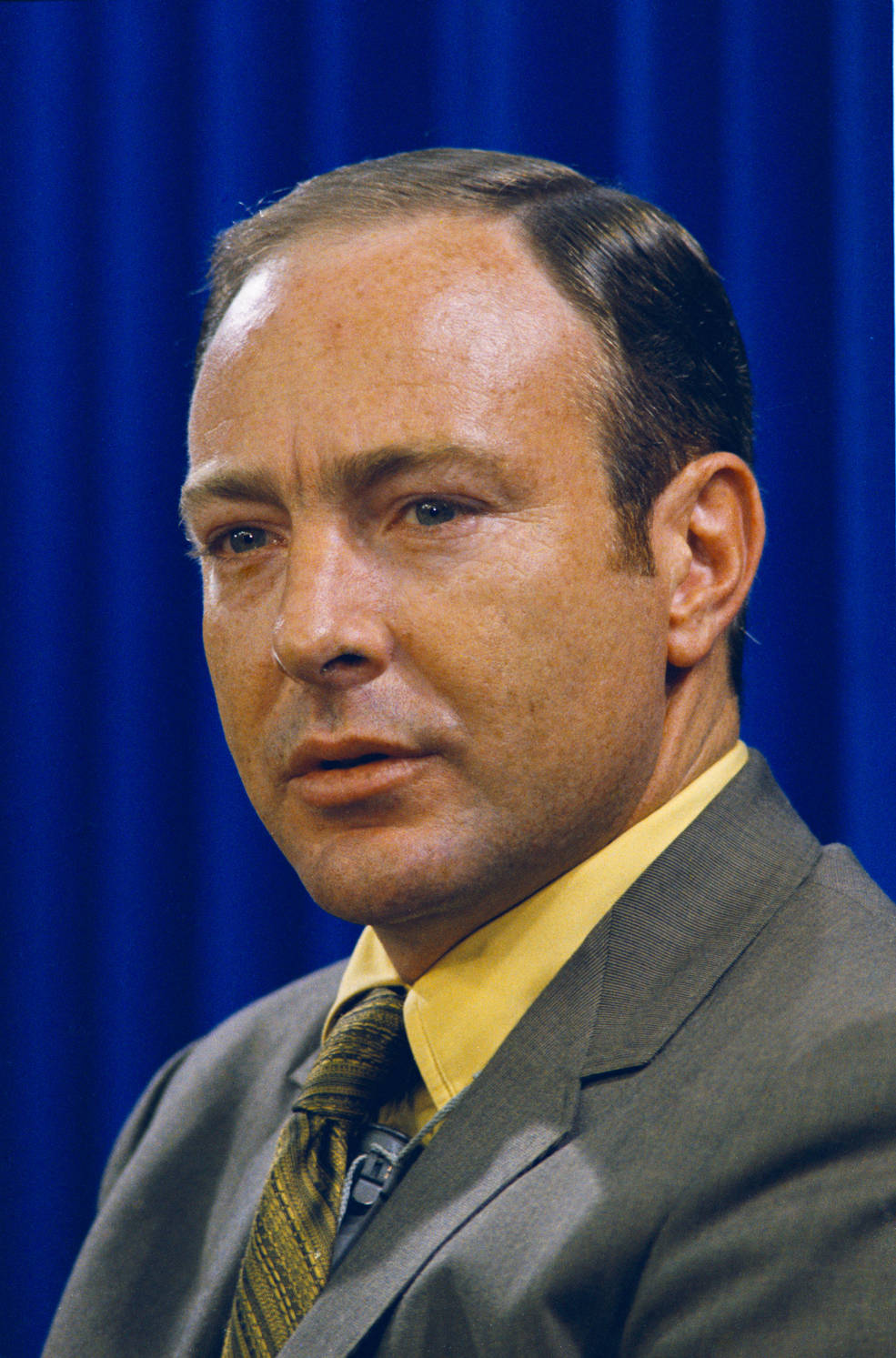
The Apollo 14 crew of (left to right) Shepard, Roosa, and Mitchell.
Commander Alan B. Shepard, CMP Stuart A. Roosa, and LMP Edgar D. Mitchell were designated as the prime crew for Apollo 14. Shepard, the first American in space when he launched aboard Mercury-Redstone 3 in May 1961, was recently returned to flight status after a surgical intervention cured his Ménière’s disease, an inner ear disorder. Both Roosa and Mitchell were rookies. The backup crew consisted of Commander Eugene A. Cernan, CMP Ronald E. Evans, and LMP Joe H. Engle. Cernan had flown in space twice before, on Gemini 9 and more recently as the LMP on Apollo 10. Evans and Engle were NASA spaceflight rookies, although Engle earned astronaut wings as a pilot with the US Air Force flying the X-15 rocket plane above the 50-mile altitude required to qualify as an astronaut on three of his 16 flights.
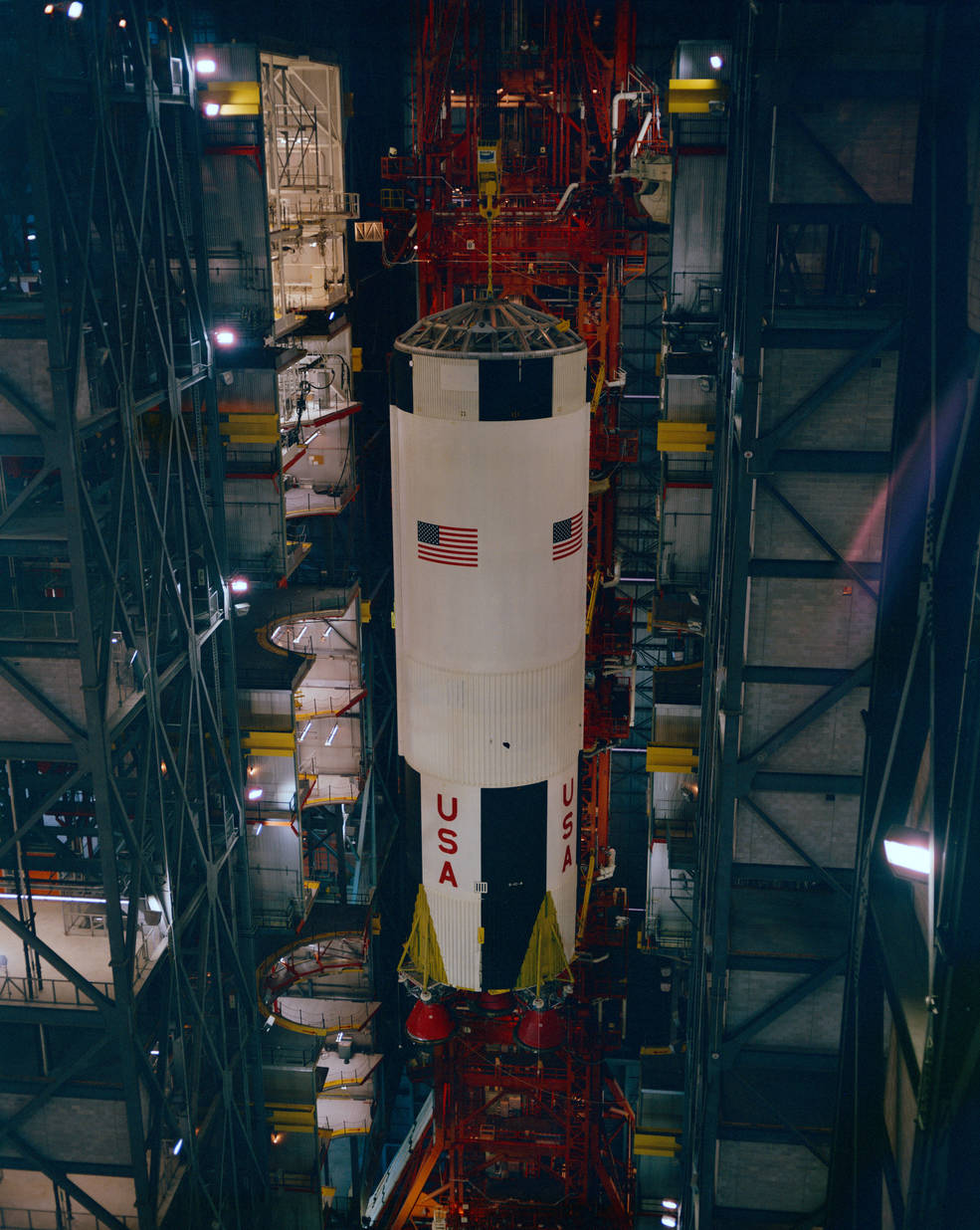
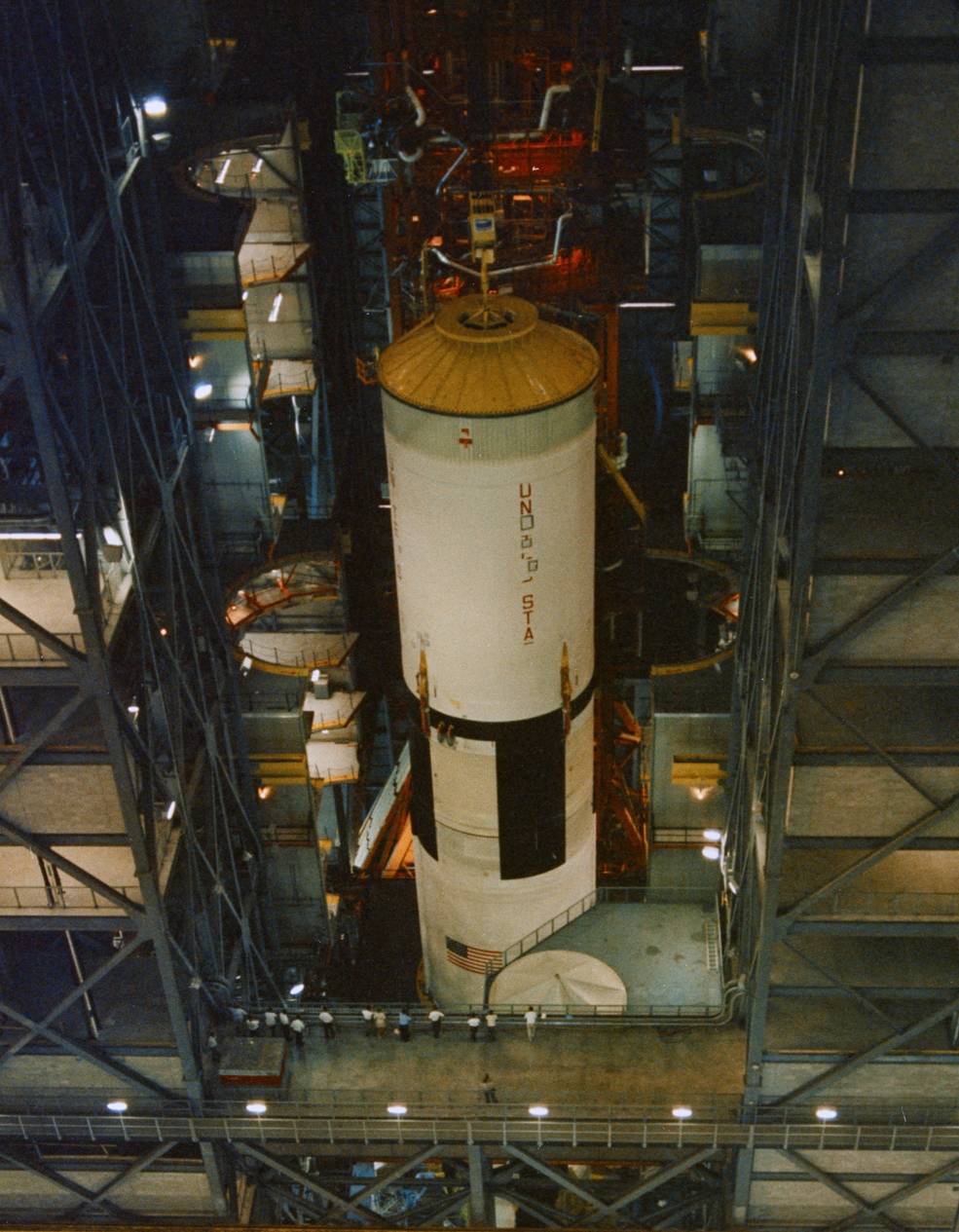
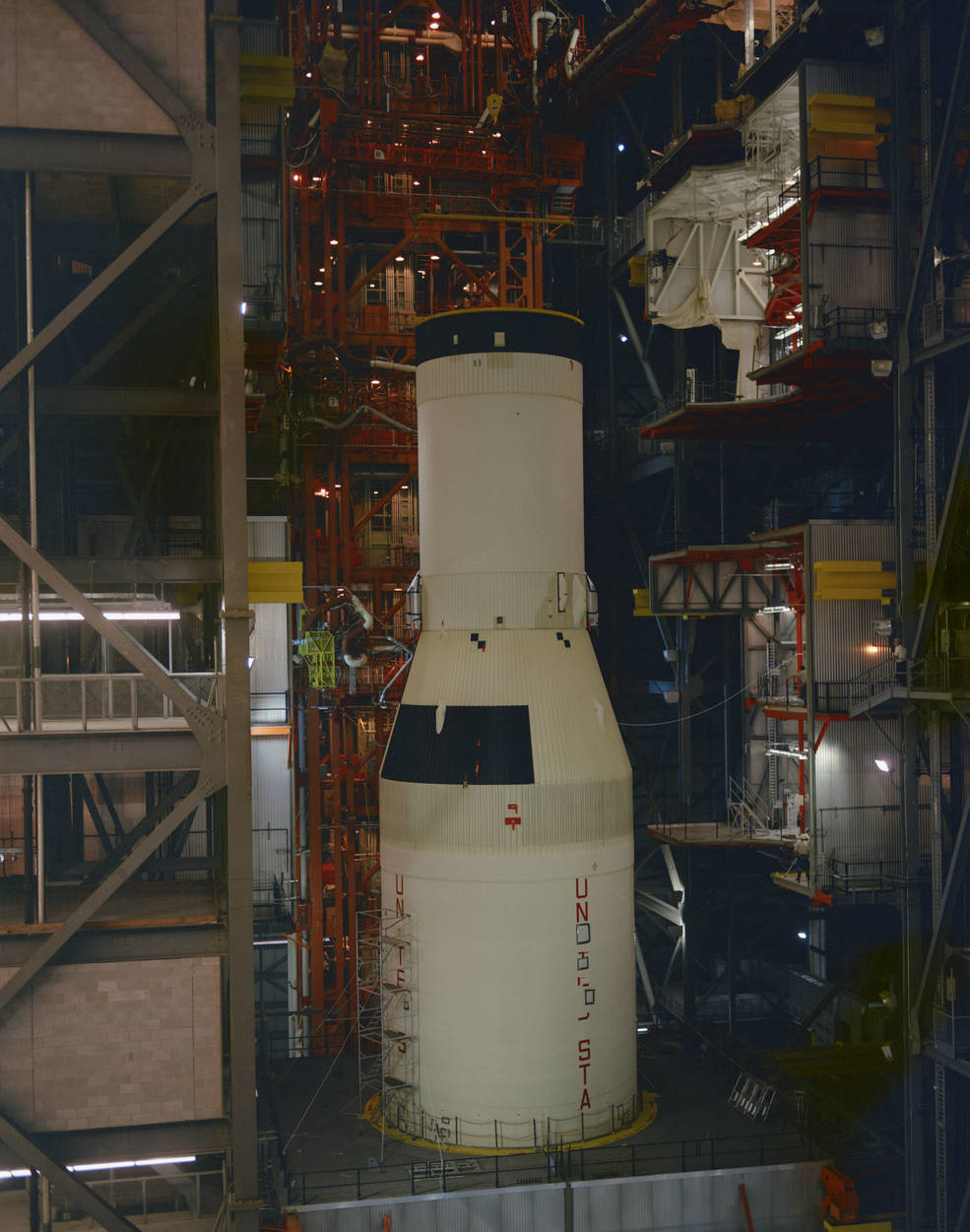
The three stages of the Saturn V for Apollo 13 being stacked in High Bay 2 of the VAB.
Flight hardware for Apollo 13 was already at the Kennedy Space Center (KSC). Workers in the Vehicle Assembly Building (VAB) completed stacking of the three Saturn V rocket stages in High Bay 2 on July 31. They added a boilerplate Apollo spacecraft to the top of the rocket, and in a roll-around maneuver on Aug. 8, the stack left the VAB, crawled to the other side of the building and rolled back inside to High Bay 1. North American Rockwell in Downey, California, delivered the Command Module (CM) and Service Module (SM) to KSC on June 26, where workers in the Manned Spacecraft Operations Building (MSOB) mated the two modules four days later in preparation for preflight testing in the altitude chambers. The Lunar Module (LM) ascent and descent stages arrived at KSC on June 27 and 28, respectively, from their manufacturer, the Grumman Aircraft Corporation in Bethpage, New York. Following a docking test between the CM and LM, workers in the MSOB mated the two stages of the LM on July 15.
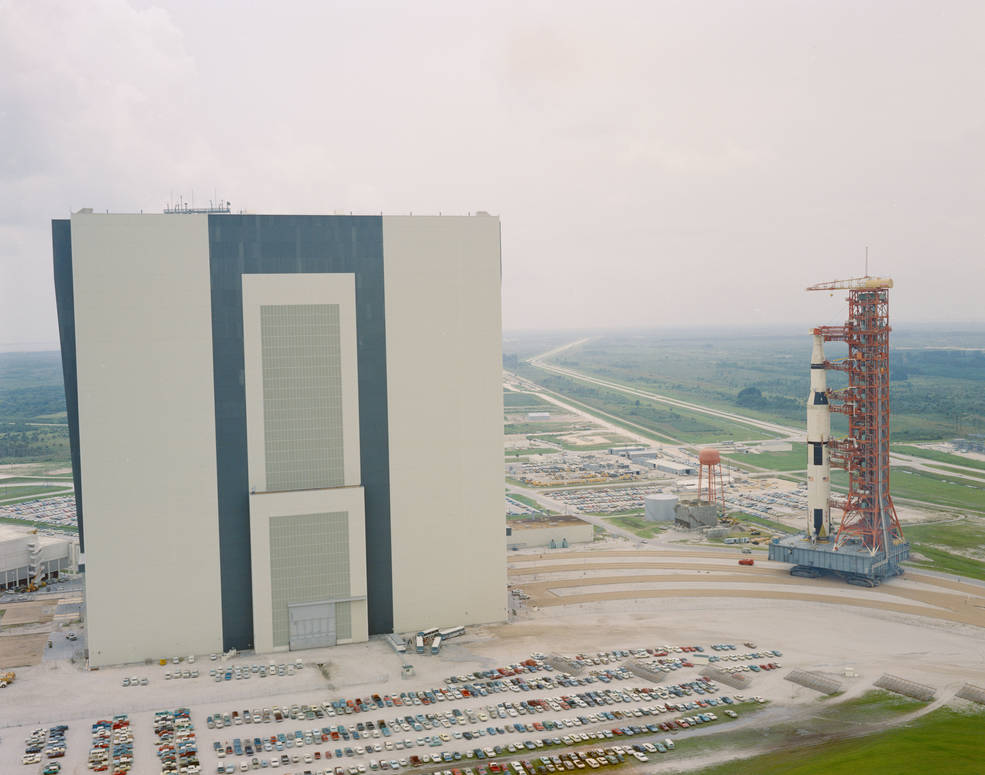
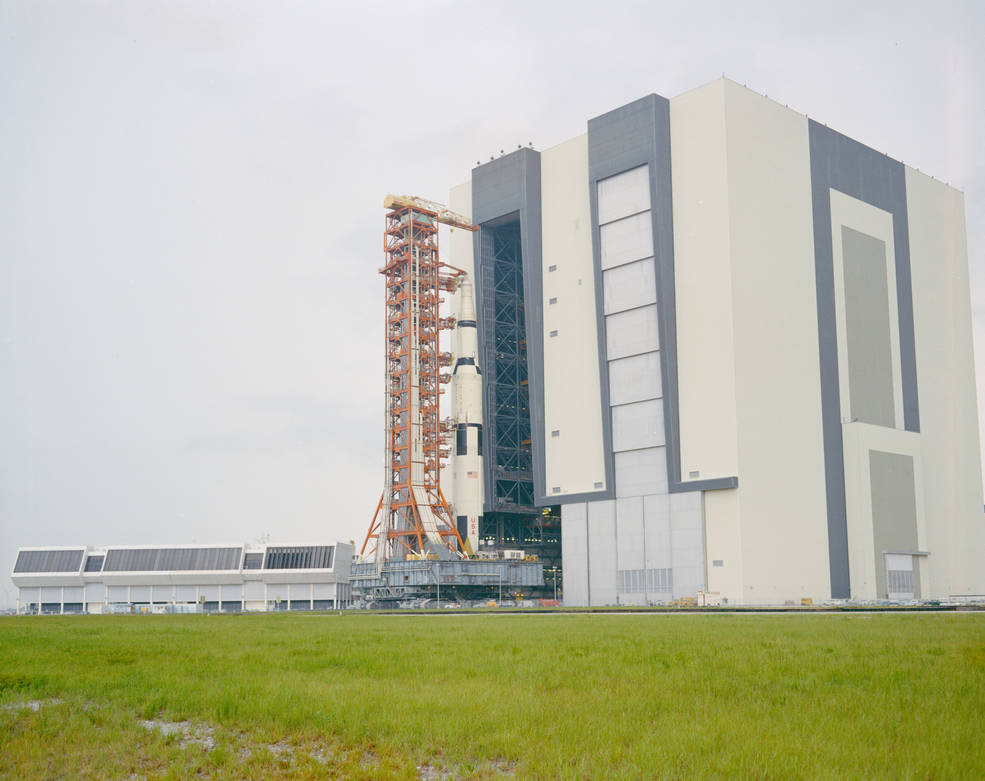
Left: Saturn V for Apollo 13 rolls out of the VAB to relocate it from High Bay 2 to High Bay 1. Right: Saturn V for Apollo 13 rolls back in to High Bay 1 of the VAB.
The Apollo 14 astronauts jumped right into their geology training. On Aug. 14, Shepard, Mitchell, and Engle spent the day at the United States Geological Service’s (USGS) Crater Field near Flagstaff, Arizona, including a geologist’s lecture on the mechanisms of crater formation. On Aug. 22 and 23 they were joined by Cernan on a geology field trip to Idaho, where they visited Craters of the Moon National Monument, Butte Crater lava tubes, Ammon pumice quarries, and the Wapi volcanic fields. These sites were chosen because at the time Apollo 14 was targeting a presumed volcanic area on the Moon.
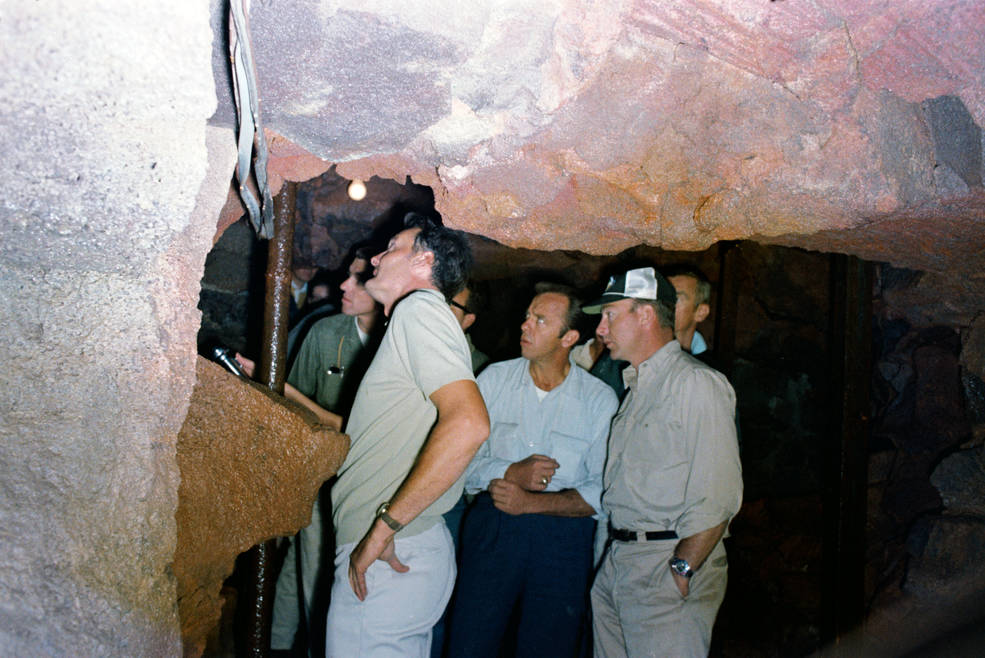
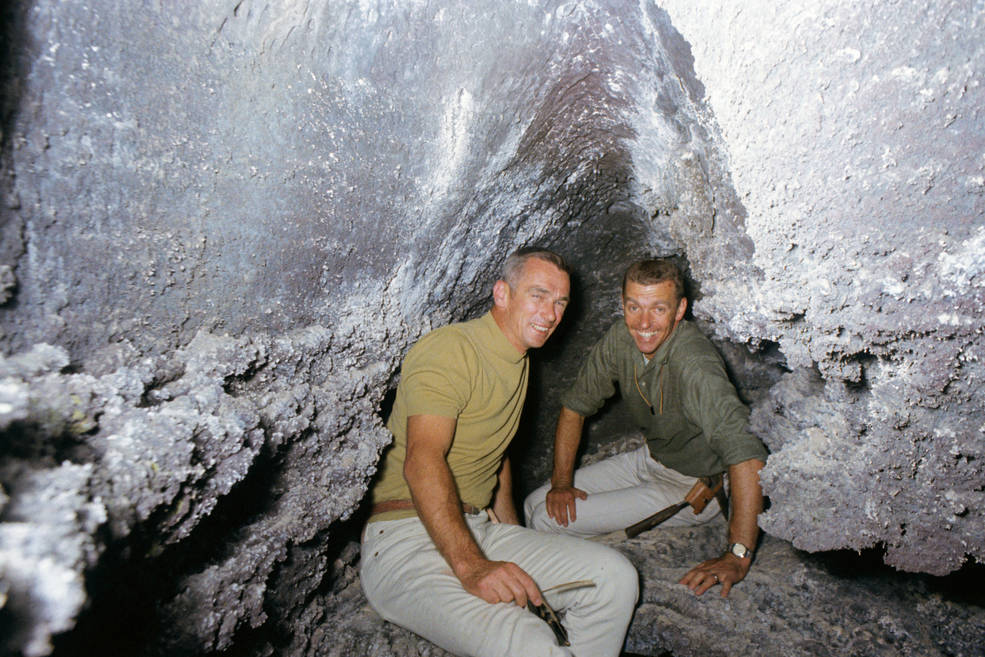
Left: Shepard (center) and Mitchell (in baseball cap) during the Idaho geology field trip. Right: Cernan (left) and Engle during the Idaho geology field trip.
Read oral histories conducted by the JSC History Office with Lovell, Mattingly, Haise, Duke, Mitchell, Cernan, and Engle.
























